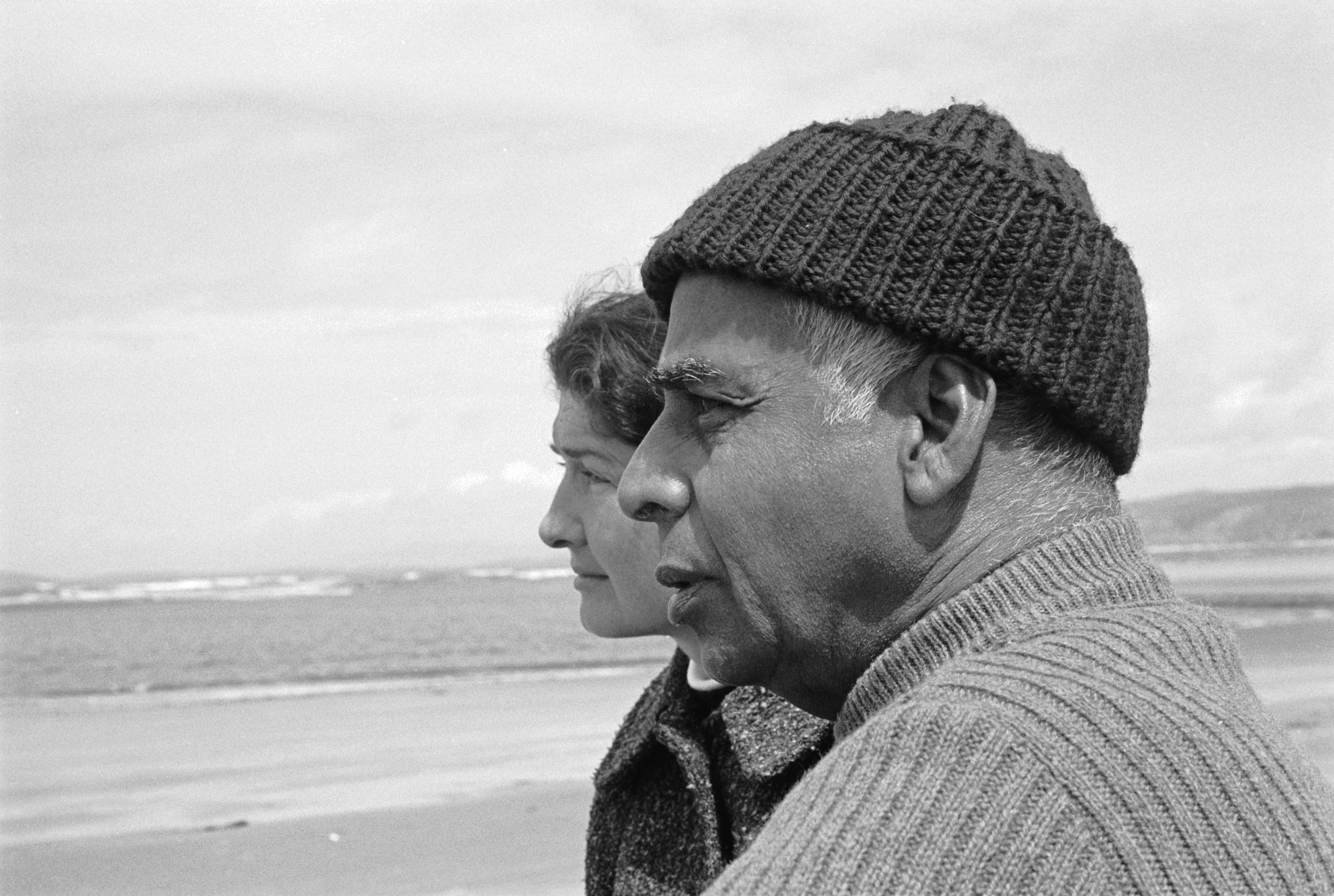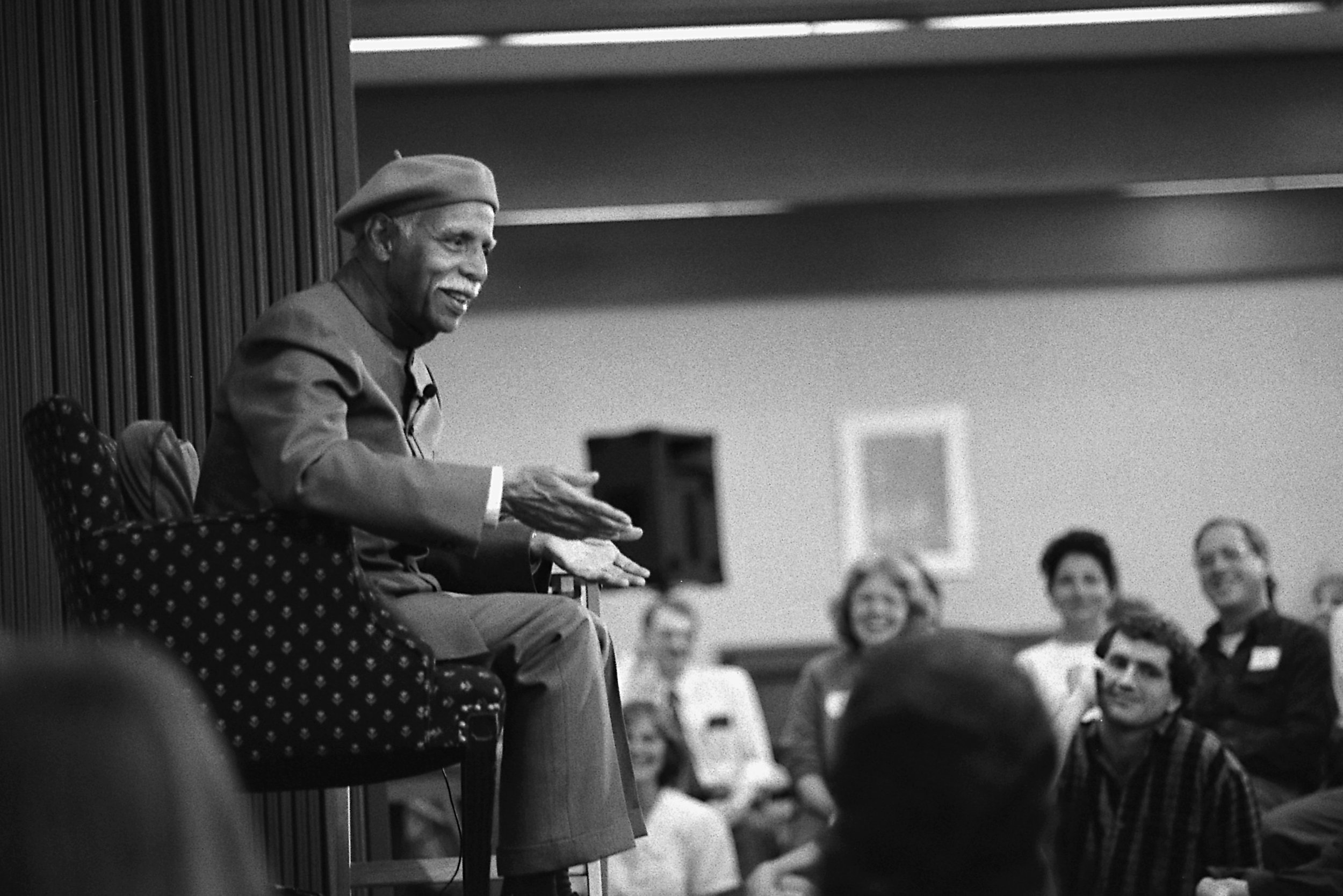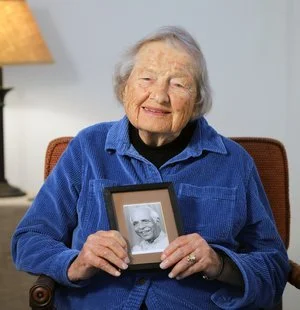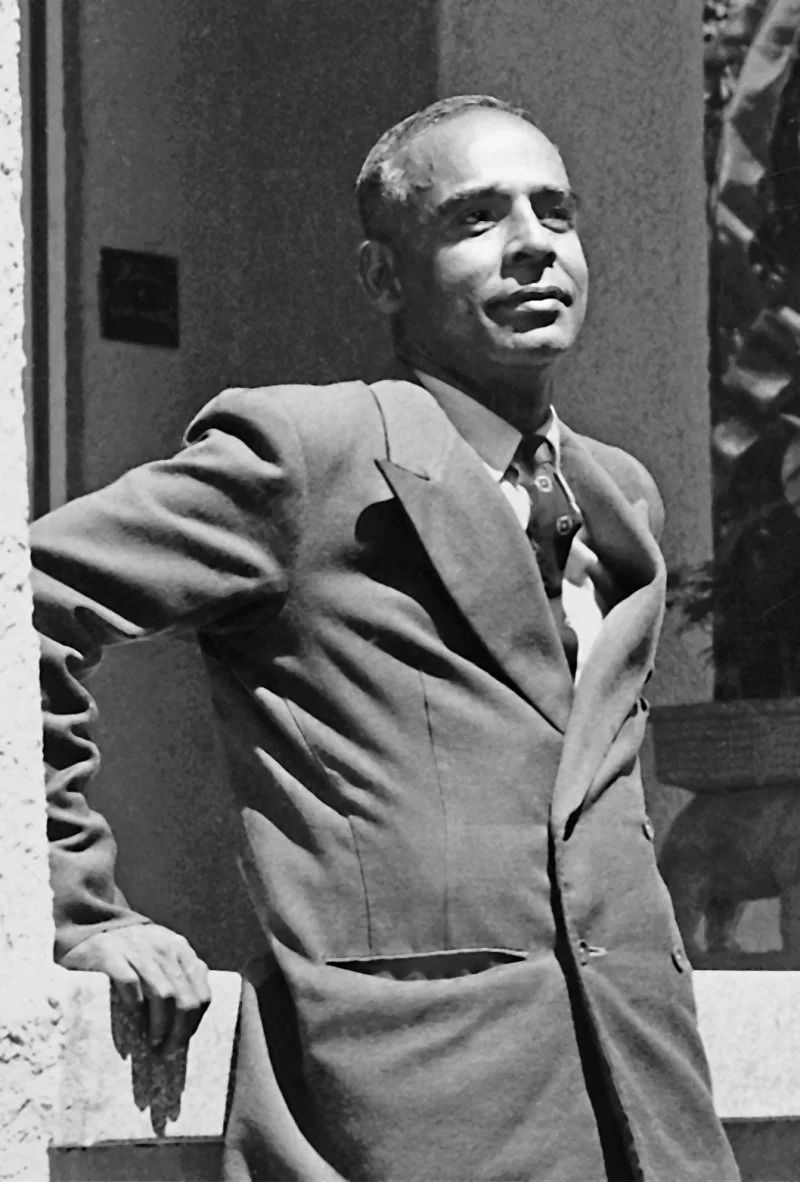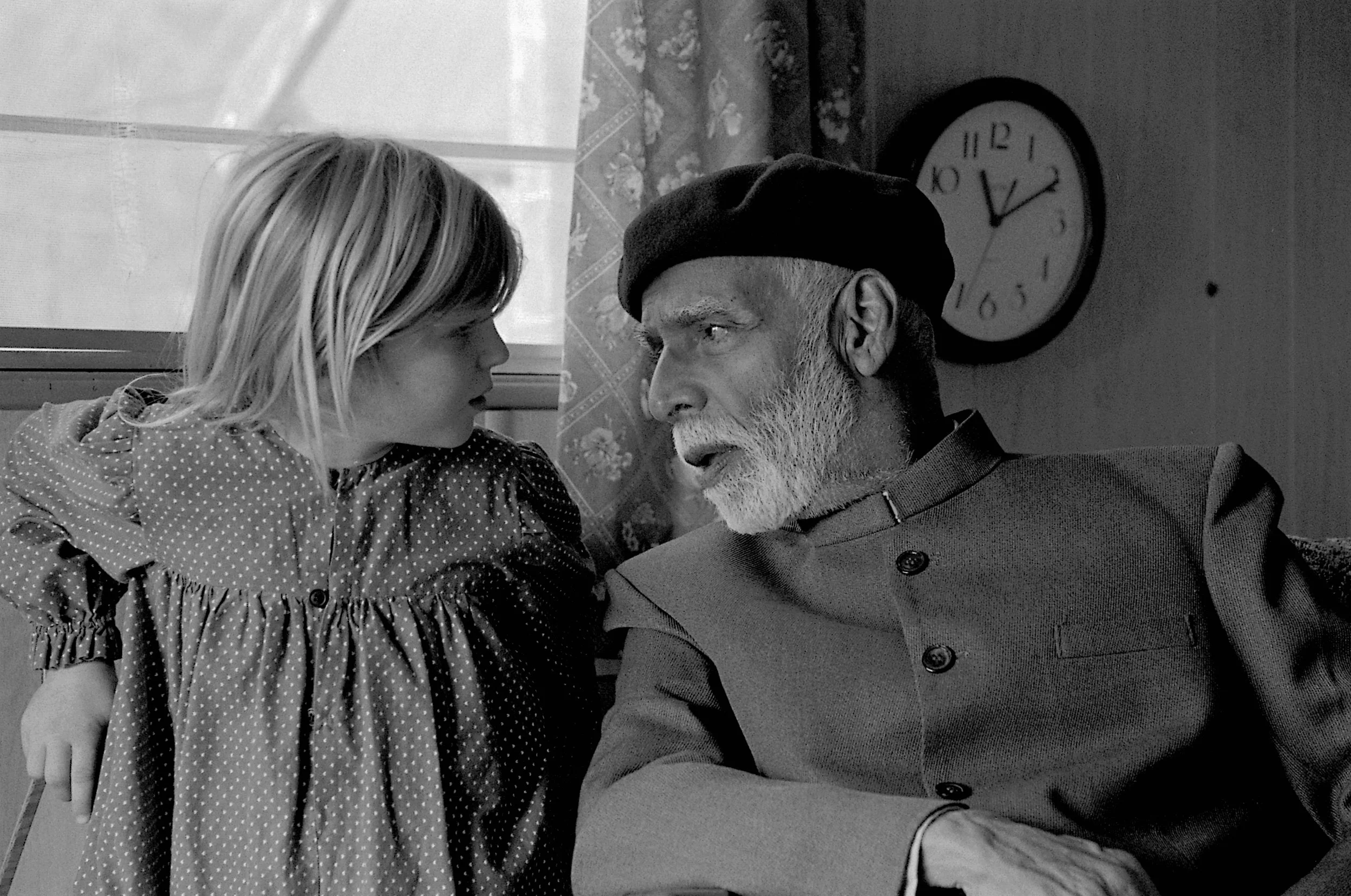“You don’t have to have set times to repeat the mantram; you can repeat it whenever you get a chance. When you begin to look for opportunities to say the mantram, you find them everywhere.”
Easwaran’s chapter on making the mantram a part of your day offers myriad practical tips. And it’s brimming with reminders of the mantram’s benefits, too: relieving tension, comforting our distress, releasing our natural curative forces, saving energy, and curing boredom, to name just a few.
We began last week with the first page of this Chapter Four of The Mantram Handbook. Now let’s continue by reading from page 54 to the middle of 60.* We are eager to hear which tips inspire you to action!
If you have a particular issue you are struggling with right now, look into this reading for tips, and try them out this week.
For our mantram-deepening experiment this week, try taking a “mantram nap” at a time that is practical for you during your day. Simply lie down for 10 to 20 minutes (set an alarm if needed) and silently repeat the mantram. Try to keep the mantram going. If you drowse off, that’s ok, just start the mantram again when possible.
Mantram naps can refresh you so you have more energy for the rest of the day. Many of us find it very helpful to take a short mantram nap before our evening meditation.
Let’s turn again to Easwaran’s Patanjali talks** for our spiritual treat this week. This week let’s enjoy Talk Four. The full talk is over an hour, but you can listen to part of it now and when you return the player will resume where you left off. If time is short, consider starting with just the first five minutes, in which Easwaran continues commenting on what deep devotion can do to our meditation.
* For those using electronic versions of The Mantram Handbook with different page numbering: this week’s reading comes from Chapter Four, starting at the subheading “While Walking” and ending before the subheading “Little Compulsions.”
** You’ll need to log in for the link above to work. If it’s your first time, use the button Create new account from the login page.







